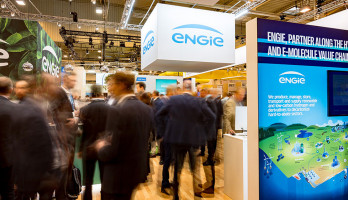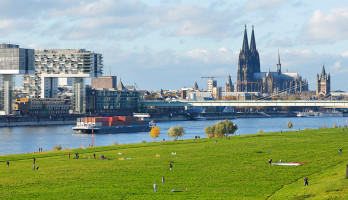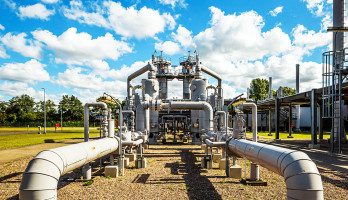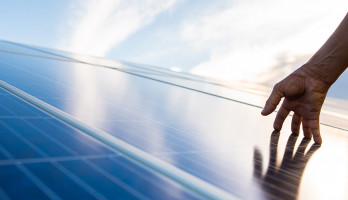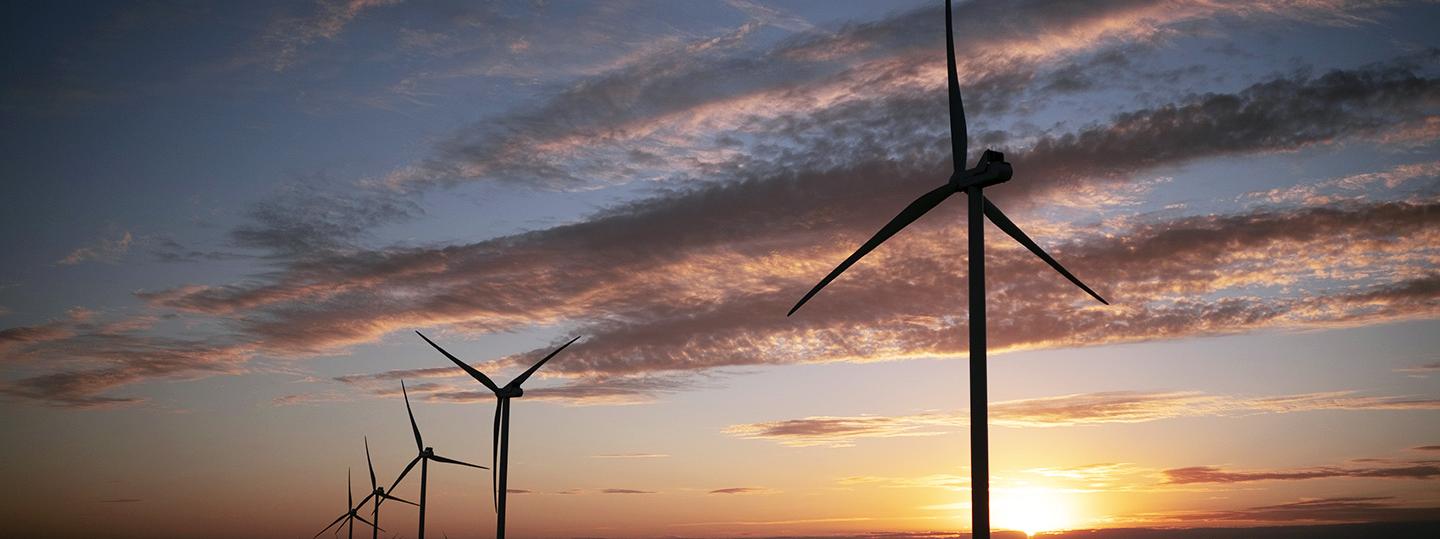
Power Purchase Agreements for industrial customers: Green power supply with added value
Sustainability and climate protection are playing an increasingly important role in industrial companies' business activities. Finally, they play a key role in the necessary decarbonization of the economy, which in turn requires consistent and concrete steps towards climate neutrality. With regard to the procurement of electricity in particular, there is therefore a growing interest in a direct supply of green electricity, as current surveys by the German Chamber of Commerce and Industry show.
This interest is based on the following realization: A credible climate neutrality strategy, which must hold up before an increasingly critical public and the growing environmental awareness of investors, cannot (or no longer can) be achieved by means of financial compensation alone. What is needed are opportunities for green power generation, which pave the way for large-scale customers to achieve genuine climate neutrality and, in addition, promote the expansion of renewable energies. Through long-term contracts for the purchase of green electricity, the so-called Power Purchase Agreements (PPAs), industrial companies make such a contribution and benefit from further advantages.
How do Power Purchase Agreements work?
Power Purchase Agreements are usually long-term power supply agreements concluded between a power producer and a power consumer. If there are bilateral contracts for the supply of green electricity between plant operators and consuming companies, these are referred to as corporate PPAs. In the Power Purchase Agreements, the contractual partners can determine the terms of delivery very individually. The contract contents include, for example:
- the origin of the electricity (region, wind power or PV, new or existing plant),
- the delivery profile and the quantity delivered,
- the duration of the PPA (2-5 years for old plants, 10-15 years for new plants),
- the pricing, or
- the balance sheet settlement.
Power purchase agreements are widely used in the USA, for example, where tax reductions for companies make corresponding investments in the expansion of renewable energy attractive. In Germany, the exclusion of the first onshore wind turbines with a capacity of 4.5 gigawatts from EEG funding from 2021 should lead to a significant further development of the PPA market.
What are the advantages of PPAs for industrial customers?
Power Purchase Agreements offer industrial companies both economic and ecological added value. Through long-term price agreements, they enable a fixed calculation framework for electricity costs and create a reliable hedge against rising market prices. Precisely in view of the volatile price development for industrial electricity and the falling electricity production costs for renewable energies, a direct green electricity supply thus opens up attractive financial advantages, which at the same time go hand in hand with a high degree of planning security.
In terms of sustainability, industrial companies can improve their carbon2 balance under Power Purchase Agreements on guarantees of origin and thus take an important step towards climate neutrality. What's more, they can directly determine the type and regional characteristics of the supply – in other words, specify the specific plants from which the green electricity is to be sourced – and credibly demonstrate the electricity sourced in their sustainability reports.
PPAs also enable industrial companies to play an active role in shaping the energy transition by financing investments in new power generation capacities such as photovoltaic or offshore wind farms or ensuring that onshore wind farms, for example, which will no longer receive EEG subsidies from 2021, can continue to be operated.
What should be considered before concluding a Power Purchase Agreement?
Whether procurement, controlling or management – if industrial companies want to change their power supply via a PPA, it is important to involve all relevant stakeholders in the process, since a lot of information is necessary and open questions have to be clarified. What are the climate targets to be achieved by what date? How much electricity is consumed where and how much is to be covered by a Power Purchase Agreement? How long should the contract run and should the electricity come from existing or new installations? In view of the diverse delivery models and options, volume or price risks must also be taken into account in the contract design and regulated between the contracting parties. With this in mind, it is advisable to work with an experienced partner who can provide companies with expert advice on contracts, product selection, and the opportunities and possible risks involved.
PPA &Co.: ENGIE guides companies on their way to climate neutrality
As a global company, the ENGIE Group is driving the energy transition by expanding renewable energies and developing holistic customer solutions for the transition to a climate-neutral future.
Renewable energies are on the rise at ENGIE: The company currently has 28 gigawatts of installed capacity around the globe and plans to expand by another 3 to 4 gigawatts per year. ENGIE is already the fourth largest developer of renewable energy in Europe and the largest supplier of long-term green contracts (PPAs).
"Zero Carbon Transition as a Service" by ENGIE thus also stands for individually structured and tailored products in the Power Purchase Agreements sector – from baseload delivery to full green supply. Together with the customer, ENGIE identifies the development goals and defines service packages that ensure a direct and calculable supply from dedicated renewable energy sources. For example, from 2021, ENGIE will supply the gas producer Air Liquide with wind power from Andalusia under a PPA equivalent to the annual electricity consumption of 15,000 households. Over a ten-year period, Air Liquide will thus save around 250,000 tons of CO2 and, in cooperation with ENGIE, will contribute to the development of wind farms in Spain.

